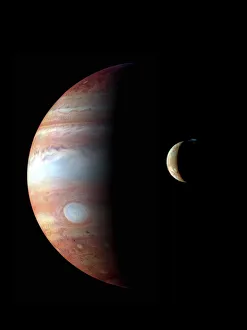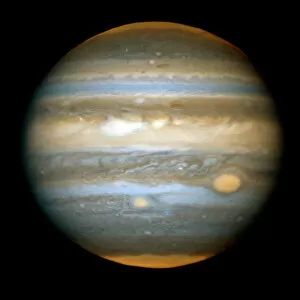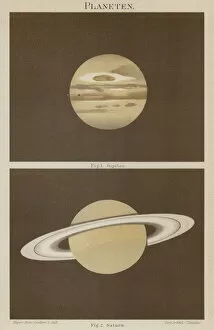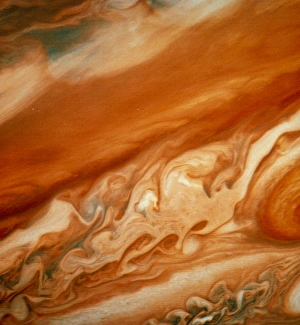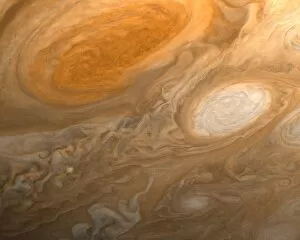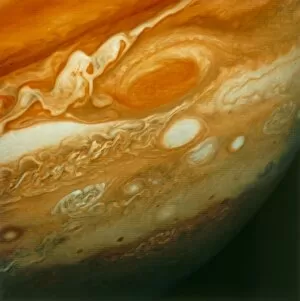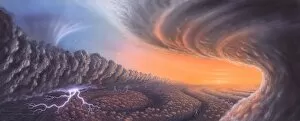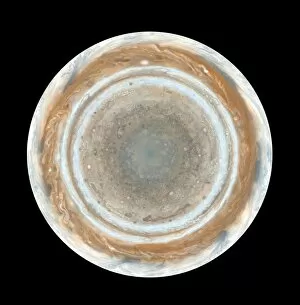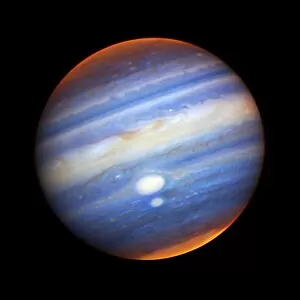Great Red Spot Collection
The Great Red Spot, a mesmerizing feature on the planet Jupiter, has captivated astronomers and space enthusiasts for centuries
All Professionally Made to Order for Quick Shipping
The Great Red Spot, a mesmerizing feature on the planet Jupiter, has captivated astronomers and space enthusiasts for centuries. This colossal storm, which is twice the size of Earth, has been observed since 1830 and continues to intrigue scientists with its mysterious nature. Jupiter, known as the largest planet in our solar system, boasts an array of stunning phenomena. One such spectacle is the Great Red Spot, a swirling vortex that resembles a gigantic hurricane. Its vibrant crimson hue sets it apart from any other feature in our cosmic neighborhood. In 1979, during NASA's Voyager mission to Jupiter and its moon Io, breathtaking images were captured by the New Horizons spacecraft. These close-up views revealed intricate details of this enigmatic storm system that had never been seen before. The Great Red Spot's origins remain uncertain; however, experts believe it could be a result of powerful atmospheric waves interacting with each other over time. Its longevity is truly remarkable – this tempest has endured for centuries despite being constantly battered by fierce winds exceeding 400 miles per hour. Voyager 1 provided us with unprecedented glimpses into Jupiters' captivating atmosphere during its flyby in 1979. The iconic image showcases not only the immense beauty of Jupiter but also highlights the striking presence of its famous storm front and swirling cloud bands surrounding it. This awe-inspiring photograph serves as a reminder of how little we still know about these celestial wonders lurking within our own solar system. As technology advances and new missions are planned to explore further into space, we can only hope to unravel more secrets hidden beneath Jupiter's turbulent clouds. Whether you're an avid stargazer or simply fascinated by astronomical marvels like Jupiters' Great Red Spot - one thing remains certain: there is no shortage of wonders waiting to be discovered beyond our home planet.

